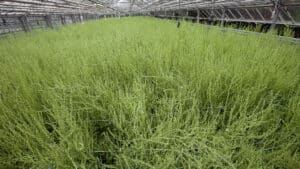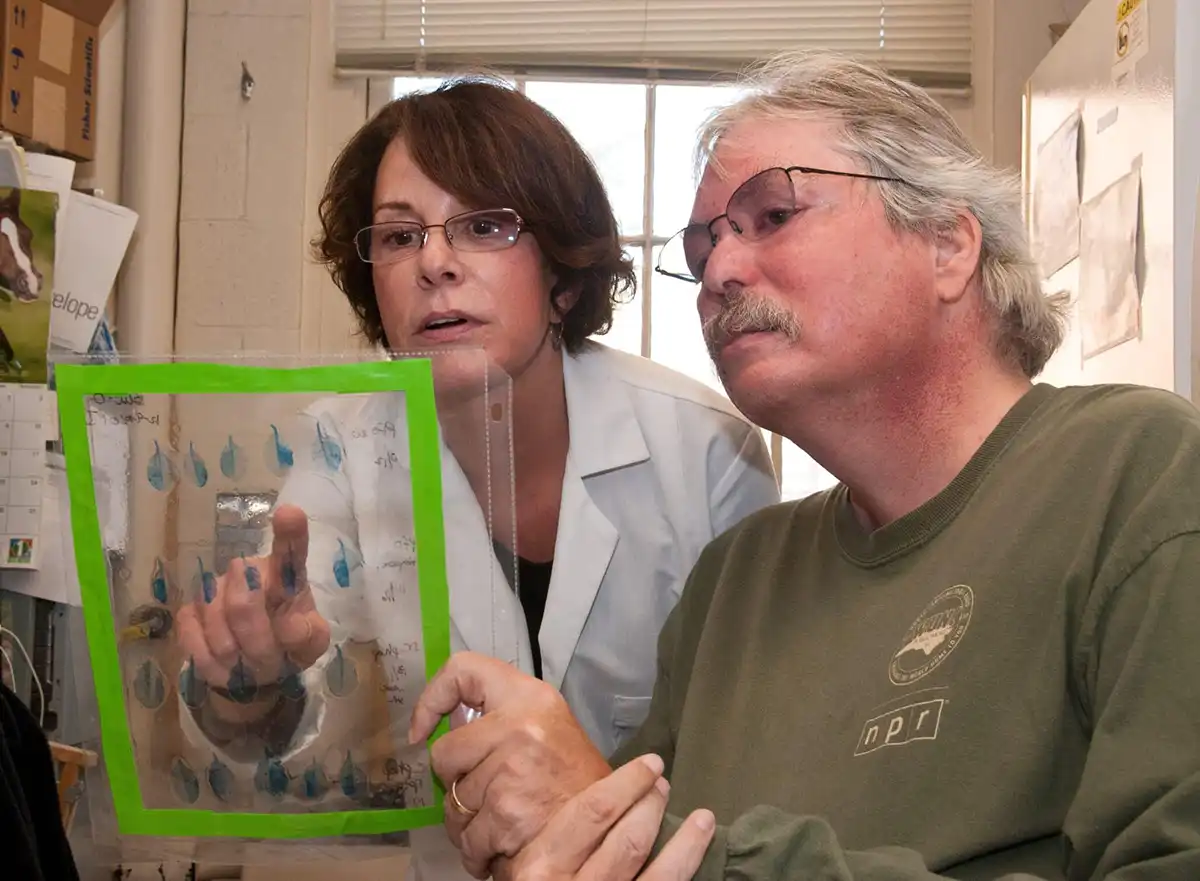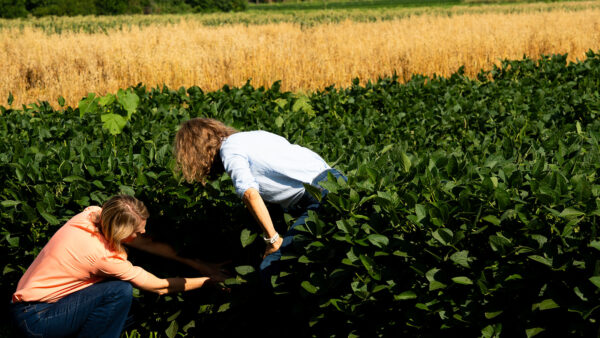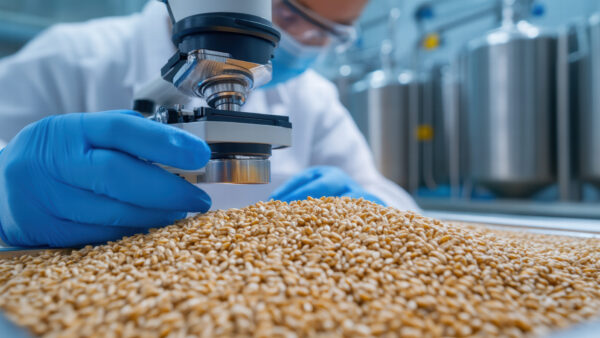With recent court ruling reinstating stricter oversight for genetically engineered plants, seed companies face another regulatory shift.
A recent decision by U.S. District Judge James Donato is sending ripples through the agricultural biotechnology sector. By vacating the U.S. Department of Agriculture’s (USDA) 2020 SECURE rule, Judge Donato has reintroduced stricter oversight for genetically engineered (GE) plants, reinstating a regulatory framework that many in the industry believed was in the rearview mirror. This ruling serves as a reminder of the complex balancing act between fostering innovation and ensuring safety in agriculture.
The SECURE rule, introduced in 2020, was lauded by many for its streamlined approach to GE plant regulation. It exempted certain low-risk crops from rigorous oversight, particularly those that mimicked traits achievable through traditional breeding methods. For developers of GE crops, this represented a step forward—an opportunity to innovate without being bogged down by lengthy approval processes. However, not everyone shared this enthusiasm. Critics argued that the relaxed framework left room for potential environmental and agricultural risks to go unchecked.
Judge Donato’s decision underscores these concerns, reinstating the requirement for comprehensive evaluations under the National Environmental Policy Act (NEPA) and the Endangered Species Act (ESA). The USDA must now conduct more detailed environmental assessments and ensure compliance with these statutes before granting approval for GE plants. While this ruling addresses long-standing apprehensions about unchecked advancements in biotechnology, it also raises critical questions about the future of innovation in the sector.
For stakeholders, the implications are significant. Developers of GE crops may face longer timelines and increased costs due to the reinstated, more rigorous review processes. For the biotechnology industry, which thrives on bringing cutting-edge solutions to market swiftly, this decision could represent a considerable hurdle. Conversely, environmental and public health advocates may view this as a win—a necessary precaution to safeguard ecosystems and address potential unintended consequences of genetic engineering.
The USDA now must revisit its regulatory approach, striking a balance between enabling innovation and addressing environmental and public health concerns. This challenge comes at a time when the agricultural sector is under a lot of pressure to address climate change, food security and sustainability. GE plants often promise solutions to these challenges, but the pathway to their adoption should be paved with careful consideration of potential risks.
Implications for the Seed Industry
The seed industry, as a bedrock of agricultural innovation, will acutely feel the effects of this decision. Stricter regulatory oversight could slow the introduction of new genetically engineered seeds, impacting the pace at which seed companies can bring advanced traits to market. Traits designed to improve yield, pest resistance, or climate adaptability may face delays, potentially reducing the industry’s ability to meet the demands of growers and consumers in a rapidly changing environment.
Smaller, independent seed companies may be disproportionately affected. Unlike larger corporations with significant resources to navigate regulatory hurdles, smaller players often lack the capacity to absorb increased compliance costs and extended timelines. This could lead to a concentration of innovation among a few major players, reducing the diversity and competitiveness of the seed market.
On the flip side, the ruling might also encourage more robust collaboration between seed companies, regulatory bodies and public research institutions. By pooling resources and expertise, the industry could collectively work to meet the heightened regulatory demands while continuing to drive innovation. Moreover, the decision underscores the importance of transparent communication with farmers and the public, ensuring that the benefits of GE seeds are well understood and their risks adequately managed.
This ruling creates a moment for the seed industry to reassess its strategies, invest in regulatory preparedness and advocate for balanced policies that support both innovation and sustainability.
This decision also reignites the broader debate over the role of regulation in science and technology. While proponents of streamlined processes argue that excessive oversight stifles innovation, detractors contend that insufficient regulation can lead to unintended consequences that outweigh the benefits. The challenge lies in finding a middle ground that both protects public interests and encourages the development of transformative agricultural technologies.
Judge Donato’s ruling should prompt industry leaders, policymakers and scientists to revisit not just the regulatory framework, but also the broader conversation about public trust in agricultural biotechnology. Transparency, rigorous safety assessments, and clear communication about the benefits and risks of GE plants will be critical in shaping the future.
As the USDA navigates this new terrain, the future of genetically engineered plants depends on our ability to align innovation with responsibility. The challenge may be complex, but the stakes—for the industry, the environment, and global food security—are high.













